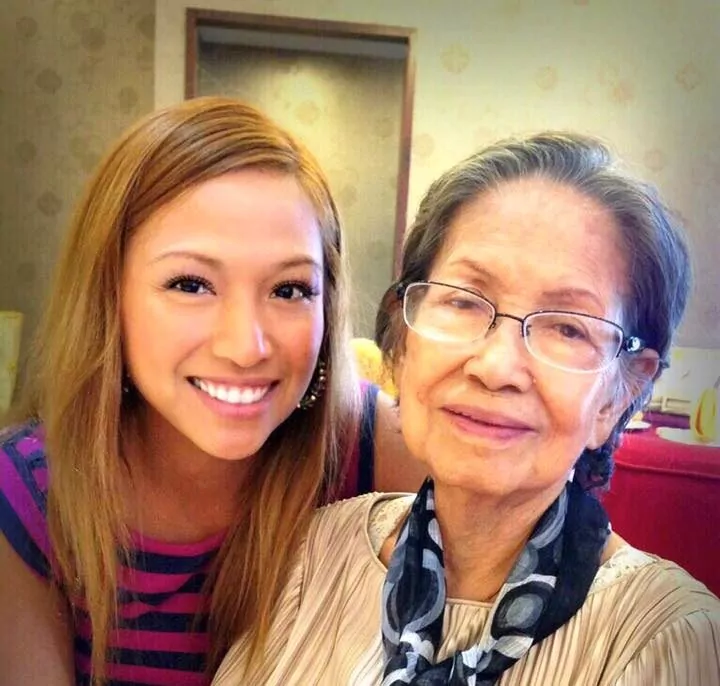
Alzheimer’s Disease is the sixth leading cause of death in the U.S., well below the leaders of heart disease, cancer and stroke. Yet this disease – which strikes one in two Americans over 85 – seems to be the most feared simply because there is no cure for its manifestations, which include dementia.
In This Alzheimer’s Article:
Alzheimer’s Awareness
Alzheimer’s Drugs
Alzheimer’s Statistics
It’s time to point out what you can do to become aware of Alzheimer’s symptoms and what individuals can do to relieve the stress of caring for someone with Alzheimer’s Disease.
By 2014, Medicare will include testing for dementia in its overall approved annual checkup, says Jim McAleer, president/CEO of the Alzeheimer’s Association Orange County Chapter (alz.org). This will give physicians the potential to begin treatments earlier in the disease process, says Dr. Gus Alva, a psychiatrist who treats Alzheimer’s patients and also is medical director of ATP Clinical Research in Costa Mesa. “This disease progresses slowly,” Alva says. “As the illness gets worse, the patient needs care beyond the capabilities of an individual family member. “Because Alzheimer’s begins slowly, it is often mistaken for normal aging and precious ground is lost for treatments. “Although there is no cure for the disease, treatments can greatly slow down its progress,” Alva says.
A combination treatment approach of the drugs Namenda and Aircept can make a difference in slowing memory decline, he says. Namenda or memantine is in a class of medications called NMDA receptor antagonists that work by decreasing abnormal activity in the brain. Aircept or donepezil is a cholinesterase inhibitor that improves mental function by increasing the occurrence of natural substances that enable healthy brain activity.
Currently 15 million Americans have the disease and someone develops Alzheimer’s every 69 seconds, he says. As boomers age, the pace will increase by 2050 to one new patient every 33 seconds. “We cannot hide our heads in the sand,” Alva says. “We need to address this disease directly and do something about it.” He suggests becoming familiar with issues and news posted on the Alzheimer’s Association and Alzheimer’s Foundation websites. The atpgroup.net website tells about local efforts to help patients and their caregivers, as does thefamilycaregiver.org, he says.
“The best gift a caregiver can make is to truly care of themselves,” Alva adds. That means taking advantage of help and aid when offered and allowing themselves some respite. For example, around 30 caregivers will be hosted for an annual four-night cruise to Mexico. The respite includes local care for individual loved ones. (For details, see cruise sponsors womansage.org or alz.org.)
“More than 65 percent of caregivers develop deep anxiety and suffer from medical problems,” Alva says. “Caregivers must exercise, stay healthy and enjoy their own pursuits.”
A survey by the National Family Caregivers Association found that taking care of their personal health, a lack of respite care and meeting monthly financial needs are the concerns of most caregivers.
Articles Related to Alzheimer’s Disease:
- Alzheimer’s Disease Medications Fact Sheet
- Tips When Buying Alzheimer’s Drugs Online
- New Ways To Prevent Dementia
- Anti-Alzheimer’s Prescription
- Stages of Alzheimer’s Disease
- Caregiving Tips For People with Alzheimer’s
- Detecting Alzheimer’s Disease Early
- Safer Home For People with Alzheimer’s
- Understanding Dementia
- Legal Planning Tips For Dementia Patients
- Can Peope With Alzheimer’s Be Safe Drivers?
- Care for the Caregiver
- Keeping Seniors Mind and Body Engaged
About the Author:
Jane Glenn Haas is a multi-media personality – a newspaper writer, national columnist, book author, television host, professional speaker and founder of WomanSage, a non-profit organization dedicated to empowering, educating and fostering mentoring relationships among women at midlife.
Jane has been twice nominated for the Pulitzer Prize, she has been honored for Excellence in Aging Reporting with the Hugh Downs Award of the International Longevity Center; the American Society on Aging Media Award; the American Medical Writers Association Rose Kushner Award; the American Heart Association C. Everett Koop Award; the Alzheimer’s Association Rosemary Award, and many others.
Catharine “Kate” is a Certified Administrator for Residential Care Facilities for the Elderly (RCFE) and an Expert Senior Care Advisor. Kate’s grandmother battled Alzheimer’s Disease and Kate personally understands what millions of families are going through. Kate and her team are very passionate in empowering Seniors and their families by providing them with the Best Available Senior Care Options based on Senior’s care needs, preferred location and family’s budget.


